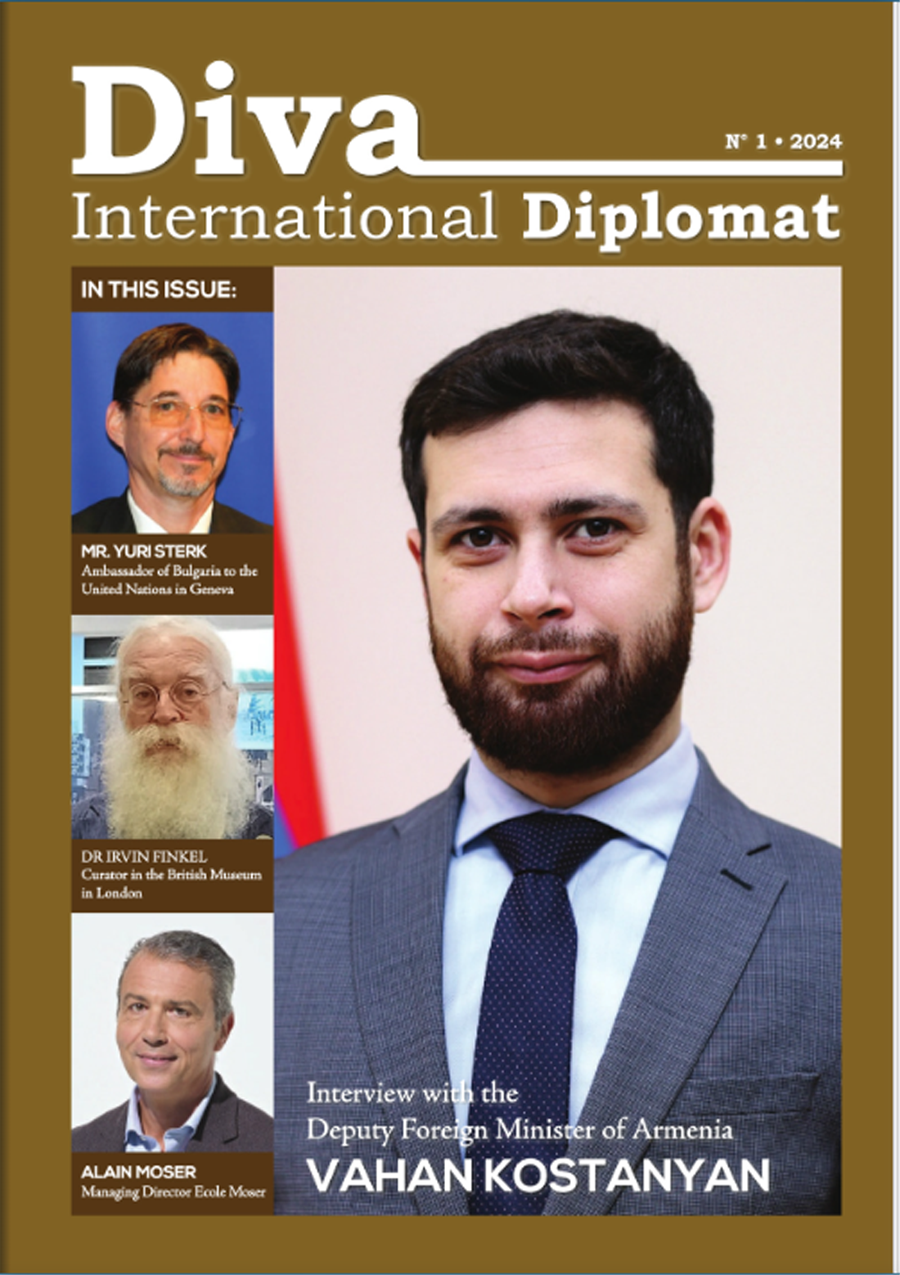Geneva, 19 January— Europe continues to recover moderately from the global financial crisis of 2008, but tensions in Ukraine and other risks could send Europe back into a recession, according to the United Nations World Economic Situation and Prospects 2015 (WESP) released today.
Gross domestic product (GDP) for Western Europe is estimated to have grown by 1.2 per cent in 2014, and growth is expected to strengthen only to 1.5 and 1.9 per cent in 2015 and 2016, respectively.
Growth is uneven in Western Europe. Italy contracted by 0.4 per cent in 2014 – the third consecutive year of decline – and is projected to recover by only 0.5 and 1.1 per cent in 2015 and 2016. France is nearly stagnant, estimated to have grown by only 0.3 per cent in 2014, after growing 0.2 per cent in 2013 and before some acceleration to 0.8 and 1.3 per cent in 2015 and 2016, respectively. Germany began the year strong, but was impacted by the geopolitical tensions around Ukraine and is estimated to have grown by 1.4 per cent in 2014, followed by projected growth of 1.4 and 1.7 per cent in 2015 and 2016.
Some crisis countries have resumed growth. Spain grew by 1.2 per cent in 2014 and is expected to grow by 1.5 and 2.1 per cent in 2015 and 2016, respectively. In Ireland and Portugal, positive growth has also resumed. However, in all three cases recoveries remain extremely fragile and these nations have yet to recover their pre-recession levels of GDP.
The only example of more robust growth is outside the euro area, in the United Kingdom, where GDP is estimated to have grown by 3.1 per cent in 2014 and projected to grow by 2.5 per cent in 2015 and 2016.
{{Tensions surrounding Ukraine increasing Europe’s vulnerability }}
The unfolding geopolitical conflict around Ukraine negatively impacted trade and investor confidence. The economic sanctions between Russia and many European economies had significant repercussions. For example, the restriction on supplying deep-water drilling equipment to the sanctioned Russian oil companies will impact some of the countries in Central Europe, which are integrated into the production chain of the embargoed products.
The Russian ban on food imports, initially for one year, will affect the Baltic States and Poland through direct losses in the agricultural sector and effects on the logistics system, state budgets and banks exposed to agricultural borrowers. However, at the macroeconomic level, those effects are not expected to be very large in 2015 unless the geopolitical tensions escalate further.
{{Challenges ahead }}
Many legacies of the recession continue to depress activity in Europe. Fiscal austerity programmes remain in place in many countries and the banking system remains under stress. Investment continues to be a weak spot in the euro area, and while it is expected to gradually pick-up, it will not provide much support for growth. In addition, high unemployment rates continue in many countries and this is increasingly becoming long-term unemployment.
The report notes that dangerously low inflation rates also put the region at risk of a Japan-style deflation. Aside from being exceptionally difficult to exit, deflation would also increase real government debt burdens and perhaps reignite the debt crisis as fiscal targets become increasingly difficult to achieve.
{{Unemployment continues, particularly affecting youth
}}
Unemployment remains at high levels in many European countries, particularly in the euro area where after peaking at 12 per cent in mid-2013 the rate of unemployment fell by only 0.5 percentage points as of late 2014.
Unemployment rates vary widely among countries: 5.1 per cent in Germany and 6.4 per cent in the United Kingdom, but 10.2 per cent in France, 12.6 per cent in Italy, and 24.6 per cent in Spain in 2014. These figures also mask the much harsher conditions faced by youth in the region, with unemployment above 23 per cent in the euro area but above 53 per cent in Spain, 44 per cent in Italy and 35 per cent in Portugal in late 2014.
{{Eastern Europe }}
The new EU member States continue to recover from the long-lasting consequences of the global economic and financial crisis and a sharp slowdown of growth in 2012. This recovery solidified in 2014 and is projected to continue despite moderate growth prospects for Western Europe.
Investment is benefiting from the expansion in public sector projects, in particular utilizing EU funds, and declining financing costs. Nevertheless, Eastern Europe remains heavily dependent on the external environment. For example, the upcoming policy normalisation of the US Federal Reserve may lead to more volatile capital flows, and the geopolitical tensions in the region create additional risks.
All countries are estimated to have registered positive growth rates in 2014, with the exception of Croatia. The aggregate GDP of the new EU member States is estimated to have grown by 2.5 per cent in 2014, and projected to grow by 3 per cent in 2015 and 3.3 per cent in 2016.
A renewed protracted slowdown in Western Europe remains the major macroeconomic risk for the region. A potential disruption in the flow of Russian natural gas through Ukraine would also have detrimental consequences for the industries of the new EU members.
{{South-Eastern Europe: slow recovery derailed by natural disasters
}}
After returning to growth in 2013, overall economic activity in South-Eastern Europe slowed in 2014. Floods in May had a severe impact in Bosnia-Herzegovina and Serbia, causing significant damage to housing and infrastructure, and hampering economic activity. As a result, the Serbian economy contracted in 2014.
In the rest of South-Eastern Europe, economic performance improved with help from a mild strengthening of activity in the EU. Growth is expected to pick up in 2015, boosted by reconstruction work in flood-affected areas, planned infrastructure projects and a continued recovery in the EU.
The aggregate GDP of South-Eastern Europe is estimated to have increased by only 0.7 per cent in 2014 and growth rates of 2.7 per cent and 3 per cent are expected in 2015 and 2016, respectively.
The region’s future economic performance will largely depend on the outlook for the European economy and the possibilities for higher exports and remittances in a context in which significant structural fragilities exist.





